Why we love our mongrels, by Jilly Cooper, Jeremy Irons and more owners who love their Heinz 57s
They might be the underdogs of the canine world, but true Heinz 57s–whether born by accident or design–will always hold a special place in our hearts, says Katy Birchall
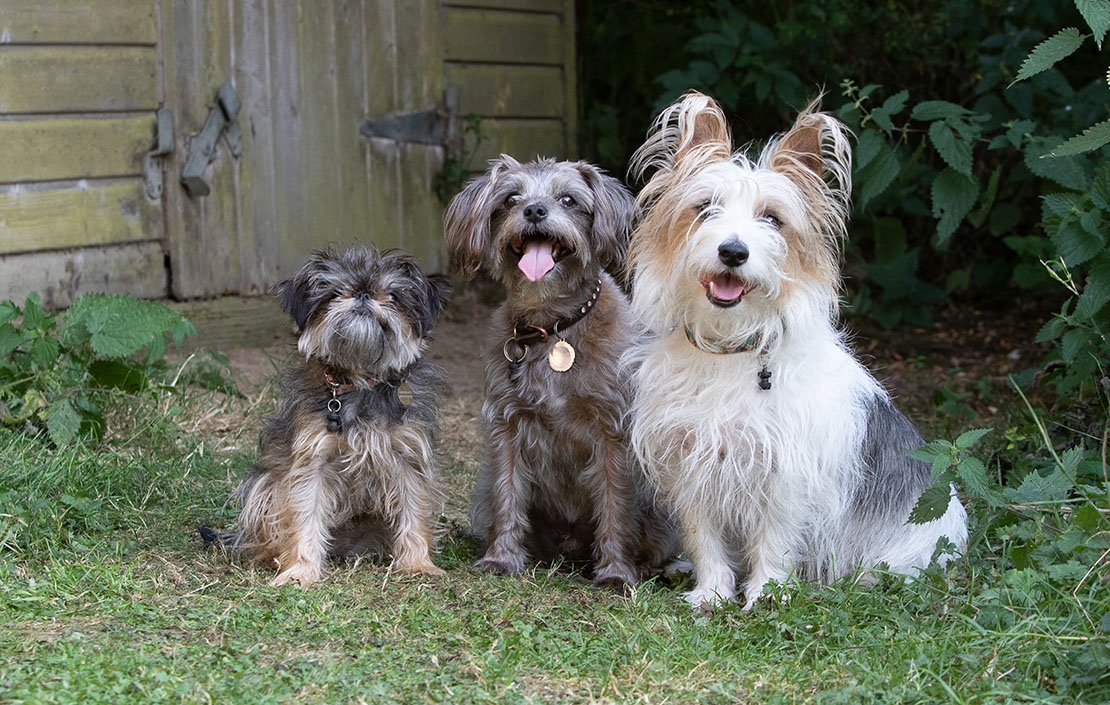

'Look, a fox!’ It takes a few moments to register that the little girl, who has made the exclamation in south London’s Dulwich Park, is referring to the bright-eyed, pointy-eared creature sitting at my feet. Her father hastily corrects her. ‘No, that’s not a fox, it’s a…,’ he falters, ‘some kind of dog?’
'I tremble to think of the many different breeds that have gone into his making, but he had character, he had heart, he had an unconquerable zest for life’
It’s as good an explanation as any. Bono is a mongrel, a stray who was found wander-ing the streets of Romania. ‘Perhaps there’s corgi in him,’ a rescue-home worker surmised when I picked him up. ‘Goodness knows what else.’
The mongrel is the underdog of the canine world. From the beginning, it’s been left to fight its corner without purpose or social status to suit mankind – we’re not talking designer crossbreeds here, but proper Heinz 57s, the survival-of-the-fittest victors.
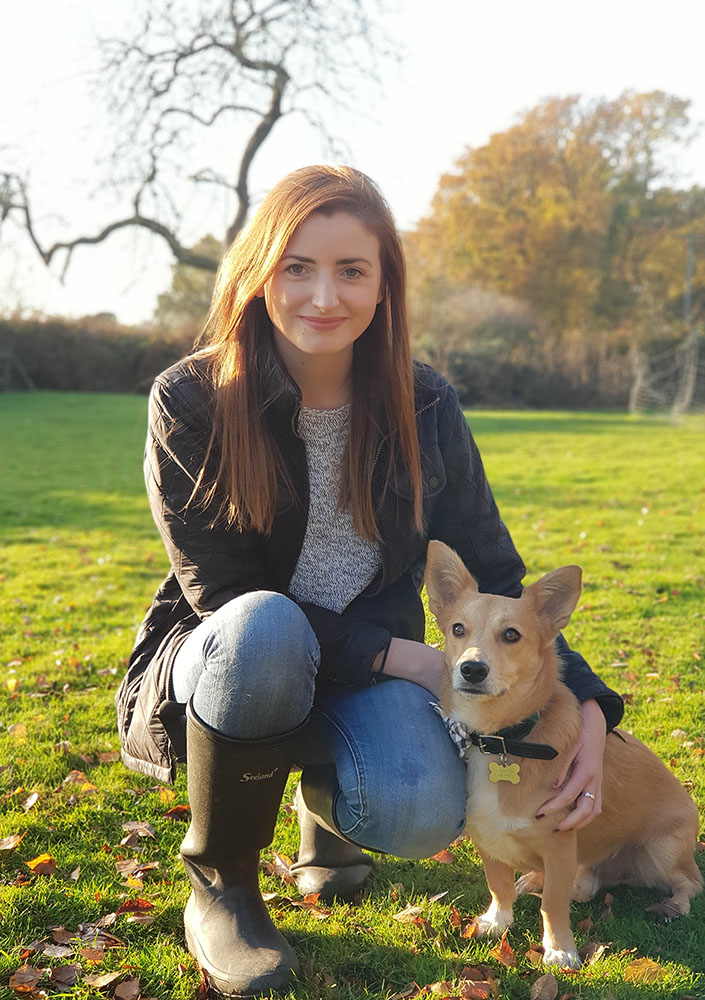
With no breed standard or family-tree certificates, the mongrel is impossible to categorise and difficult to research. However, the British have always loved an underdog and, earlier this year, the mongrel came a surprise runner-up to the inevitable labrador as Britain’s Favourite Dog in a poll conducted by ITV.
These scruffy scamps have a firm place in the nation’s hearts, evoking unparalleled affection from their champions.
‘They’re beautiful in their own way. I love that they’ve got through the world on their own toughness,’ enthuses author Jilly Cooper. After growing up in a family fond of mongrels – ‘my aunt once surreptitiously added the name of her mongrel to the bottom of my grandmother’s prayer list.
The Mother’s Union was thus encouraged to pray for 'Raggety Bones’ – Mrs Cooper acquired her first mongrel, Fortnum, in the 1970s and he fathered two puppies, Mabel and Barbara.
Exquisite houses, the beauty of Nature, and how to get the most from your life, straight to your inbox.
'If you have one, you have a completely unique dog’
‘Fortnum was the most wonderful dog,’ she recalls. ‘He was bouncy, loyal and incredibly loving. They all brought such cheer to the household. I was determined to write a book on mongrels because they, too, deserve a voice.’ She published Mongrel Magic in 1981 on discovering that there were no books exclusively devoted to them.
Posting an advertisement in The Times and The Daily Telegraph, she asked that mongrel owners send in their dogs’ stories and photographs, adding: ‘It is time mongrels got a fair deal.’ The response was overwhelming – she received more than 1,000 replies from passionate owners telling their moving, hilarious and sometimes heartbreaking stories. ‘Mongrels are terribly jaunty dogs with such character,’ she points out. ‘If you have one, you have a completely unique dog.’
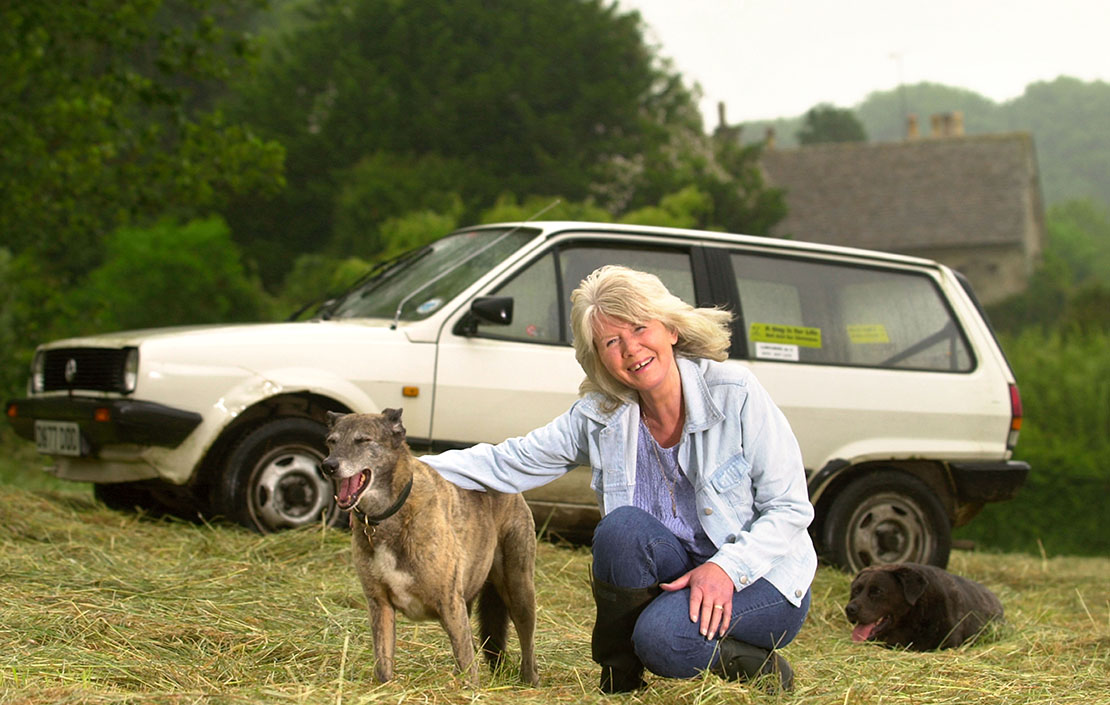
British actor Jeremy Irons is rarely seen without his dog, Smudge, a rescue from Battersea Dogs Home. ‘She is, of course, a crossbreed as all my dogs are,’ he says proudly. ‘Their breeding, I think, makes mongrels stronger than pedigree dogs. Smudge was a divine puppy and has developed into the most extraordinary companion, who travels with me everywhere and copes with my disparate lifestyle.’
When Mr Irons says everywhere, he does mean everywhere: ‘She rides with me on my motorcycle, on my trap, in my boats and sits backstage in the theatre and on film sets. She’s been to Broadway shows with me, flown on private jets and been to the White House.
'Only once has she embarrassed me – we walked into the Facebook offices in New York and she threw up all over the foyer floor, having eaten something she shouldn’t have the day before. Facebook dealt with it quite well and I was pleased that real life was imposed on the rather unworldly environment in which she found herself.’
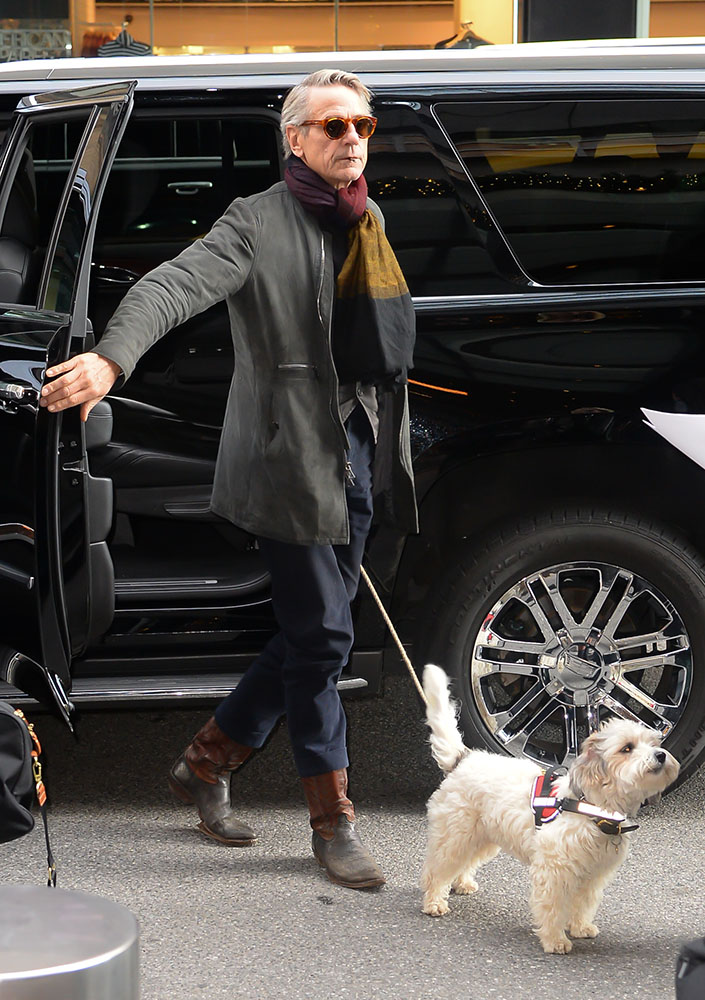
Christopher Holdoway, the proud owner of mongrel Fallow, agrees that these dogs have a one-of-a-kind charm. ‘There is no other dog like ours, visually as well as every-thing else,’ he says. ‘We get a lot of attention on walks as people are always keen to know what she is. A lot of the time she gets more attention than the pure-bred dogs around her, which is somewhat satisfying.’
A rescue dog found grossly underweight with shot and burn marks on her body, Fallow now lives happily with Mr Holdoway and his family in Surrey. ‘The most prominent breed is greyhound or whippet, but we’re unsure of the rest of the cocktail. She’s got a wonderful nature. She loves to be with people, which is remarkable given her background,’ he explains.
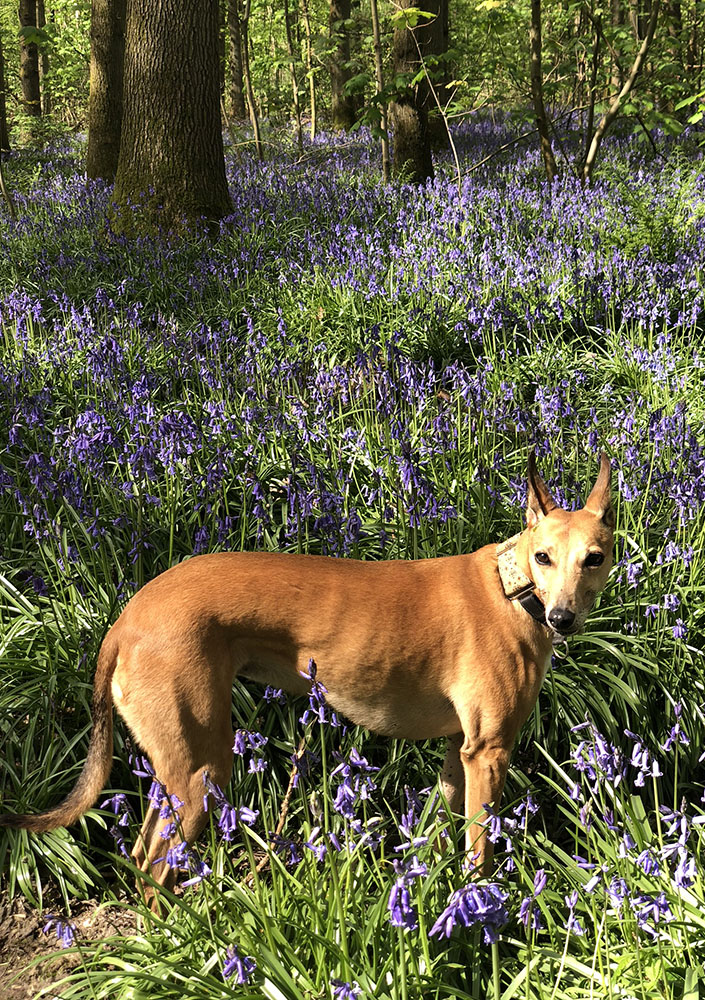
They may be a little rough around the edges, but when it comes to mongrels, it’s all about personality. ‘Attitude,’ states historian Adam Zamoyski of his little dog, Doris (My favourite painting, October 24, 2018). ‘She has it in spades.’ It was the first thing he noticed about her on visiting the rescue home. ‘Although she was emaciated and had little fur, she’d perched herself above the rest of the puppies on the roof of a kennel and, paying no attention to us, looked down at the rest with utter contempt. When we drove into our farmyard, she leapt out of the Land Rover and immediately cased the joint.’
Doris is brave – ‘a terrific ratter’ – and determined. ‘The day after she arrived, we went out for a hack and she insisted on accompanying us,’ he recalls. ‘It was about 10 miles across difficult terrain and plenty of scrub, at the end of which we did a gallop of about a mile and a half. As we finished, we looked back and saw a tiny dot about a mile away flying along as fast as her little legs could carry her.’
He concludes that Doris ‘adores us, but is everybody’s and nobody’s (with a strong sense of hierarchy) and a towering personality’.
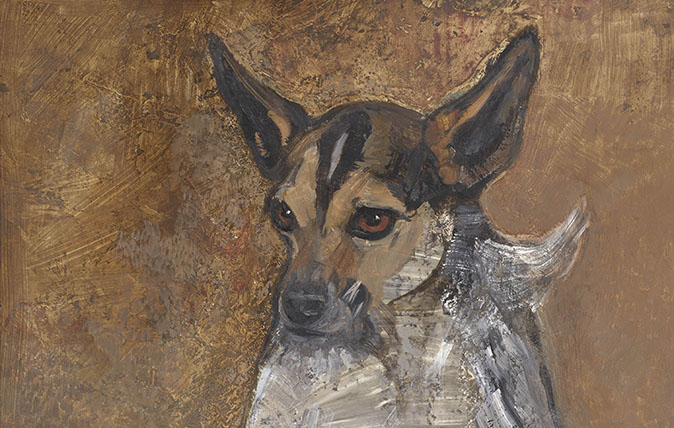
Mongrels are often noted for their intelligence – studies have concluded that crossbreeds show better problem-solving abilities than pedigrees, sparking much debate – and they can be exceptionally courageous, perhaps in part down to the hardiness required to survive unstable origins.
Several of the dogs that were awarded the PDSA Dickin Medal during the Second World War were mongrels, including Bob, the plucky dog who accompanied the 6th Royal West Kent Regiment to North Africa and saved his patrol from a night ambush, and Rip, a stray trained to locate victims trapped under rubble.
Mongrels have proven time and again to be as trainable and eager to please as their pedigree peers. Service Dogs UK, a charity that provides Post Traumatic Stress Disorder (PTSD) assistance dogs to members of the Armed Forces, works with the Dogs Trust to spot potential among their residents. ‘Whether they’re pedigrees, crossbreeds or total mutts, rescue dogs can become excellent assistance dogs,’ says Service Dogs UK co-founder Judith Broug. ‘What we’re looking for is character – loving dogs, who thrive on learning, can problem-solve and enjoy a working life. They come in all shapes and sizes.’
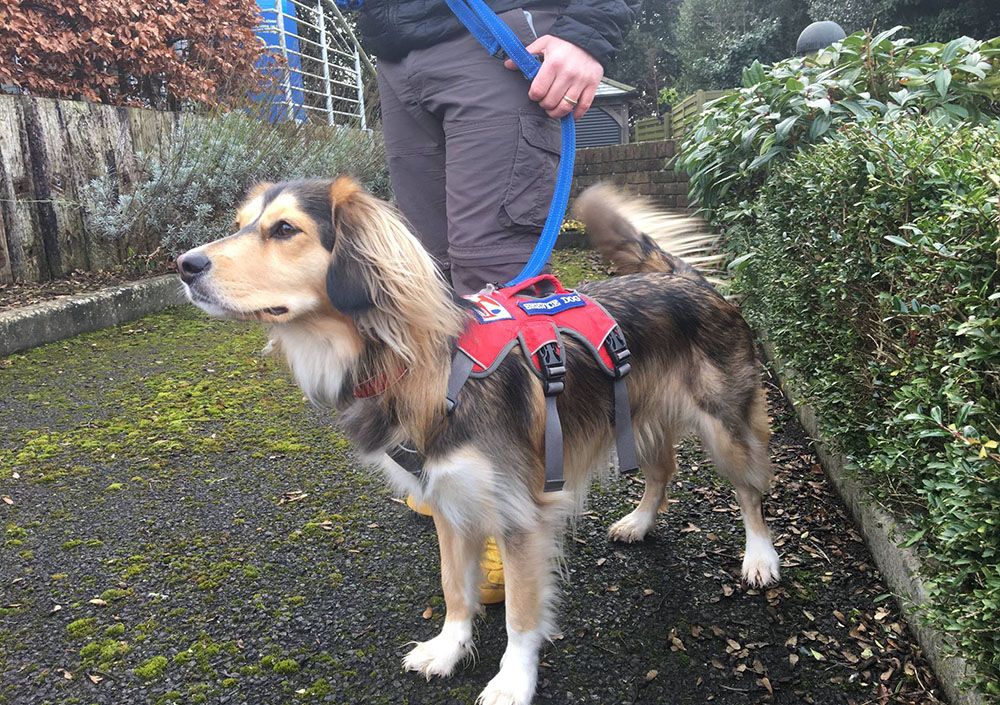
Cassie is one such dog, a rescue mongrel who spent nine months training alongside soldier Shaun Faulkner before graduating as his assistance dog. Diagnosed with PTSD after four tours of Iraq and Afghanistan, Mr Faulkner has found a renewed sense of purpose and independence with Cassie at his side.
‘She’s given me the confidence to be able to get back out in public,’ he explains. ‘We’re very in tune with each other; she can tell when I’m not myself and keeps me in the here and now, rather than in my thoughts. I couldn’t be without her.’
People take great pleasure in guessing the concoction of breeds that make up Bono and I love hearing the theories, adding a whole new game to our walks.
Someone said he must have collie in him, because he ducks his head low to the ground when approaching another dog; Jack Russell, because of his face shape and bright expression; Portuguese podengo due to his colouring and alert, pricked-up ears; and one fellow watched him bolt after a squirrel before declaring: ‘That’s a stubborn dachshund streak right there.’
There’s an unexpected privilege that comes with owning a mongrel, a quality of mystery and a sense of pride that yours is an incomparable mutt with no standards to meet except the bond that can only exist between a dog and their master – and even then, it usually comes on their terms.
Author Hugh Walpole put it perfectly when he wrote of his dog Jacob: ‘He was a ghastly mongrel. I tremble to think of the many different breeds that have gone into his making, but he had character, he had heart, he had an unconquerable zest for life.’
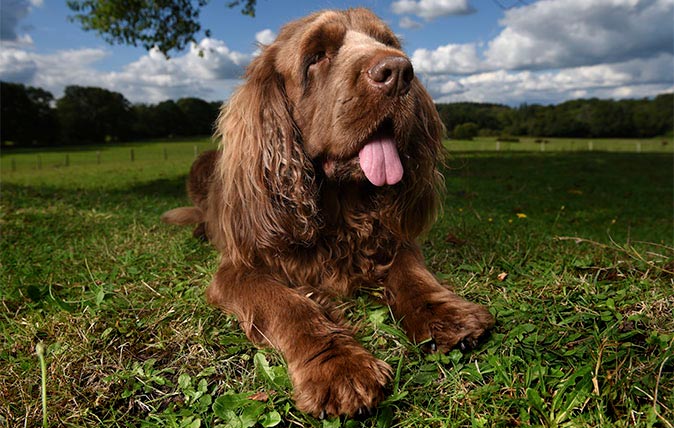
Credit: John Millar/Country Life
The top ten British dog breeds that need saving and quickly
French bulldog wins top spot over labrador as some of the most quintessentially British breeds are pronounced 'vulnerable' by the
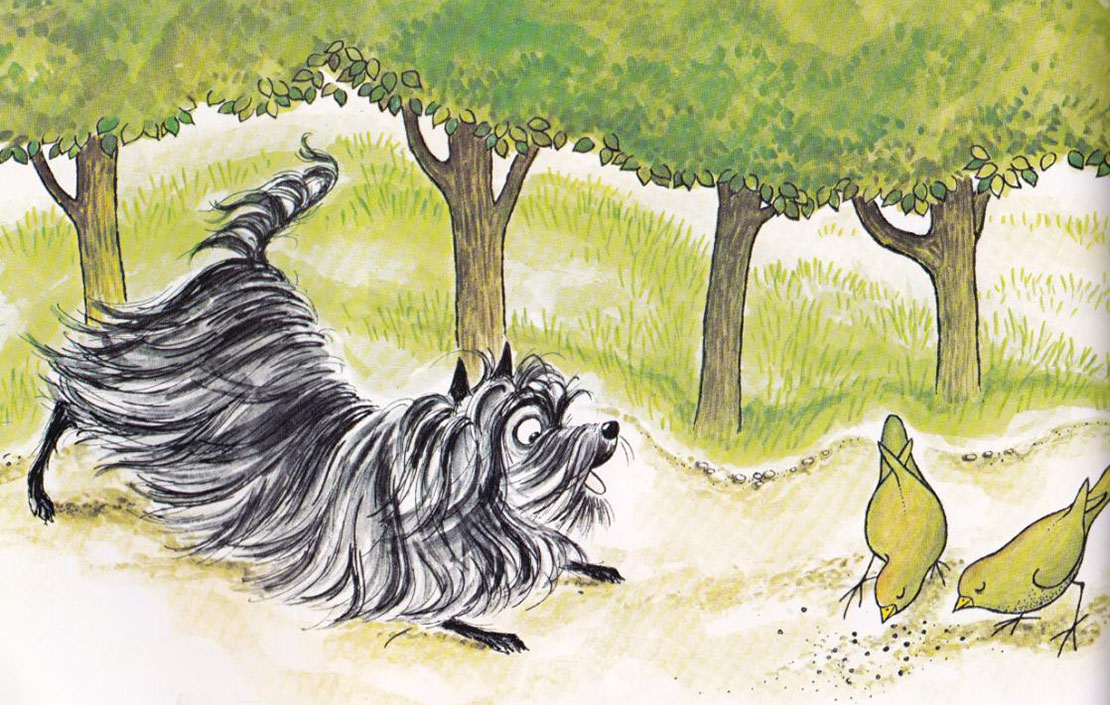
Credit: Joseph Cloutier
The ten best dogs in literature
Man’s best friend has taken a starring role in stories since we first put pen to paper, playing nanny to
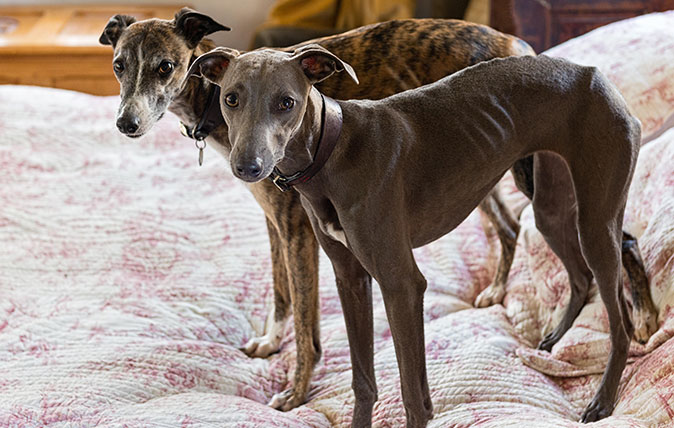
Credit: Alamy
Jason Goodwin: The dogs who bounded off down the drive one summery evening, never to be seen again
Our columnist tells a sad tale which brings to mind his own pain at losing a pair of dogs, who
Christmas gifts for dogs and their owners
Looking for a present for a four-legged friend? Or someone somewhat obsessed with theirs? Take a look at our suggestions
Katy Birchall is a journalist and the author of several young adult and teen novels, including The It Girl series and the Hotel Royale series. She has written a retelling of Jane Austen’s Emma for the Awesomely Austen series and the Netflix spin-off novel Sex Education: The Road Trip. She is also the author of several romantic comedies for adults including The Secret Bridesmaid and The Wedding Season. She writes romantic fiction for young adults under the name Ivy Bailey, romantic-comedy under the name Katrina Logan, and romantic sports fiction for adults under Katherine Reilly. She lives in London with her husband, daughter and rescue dog.
